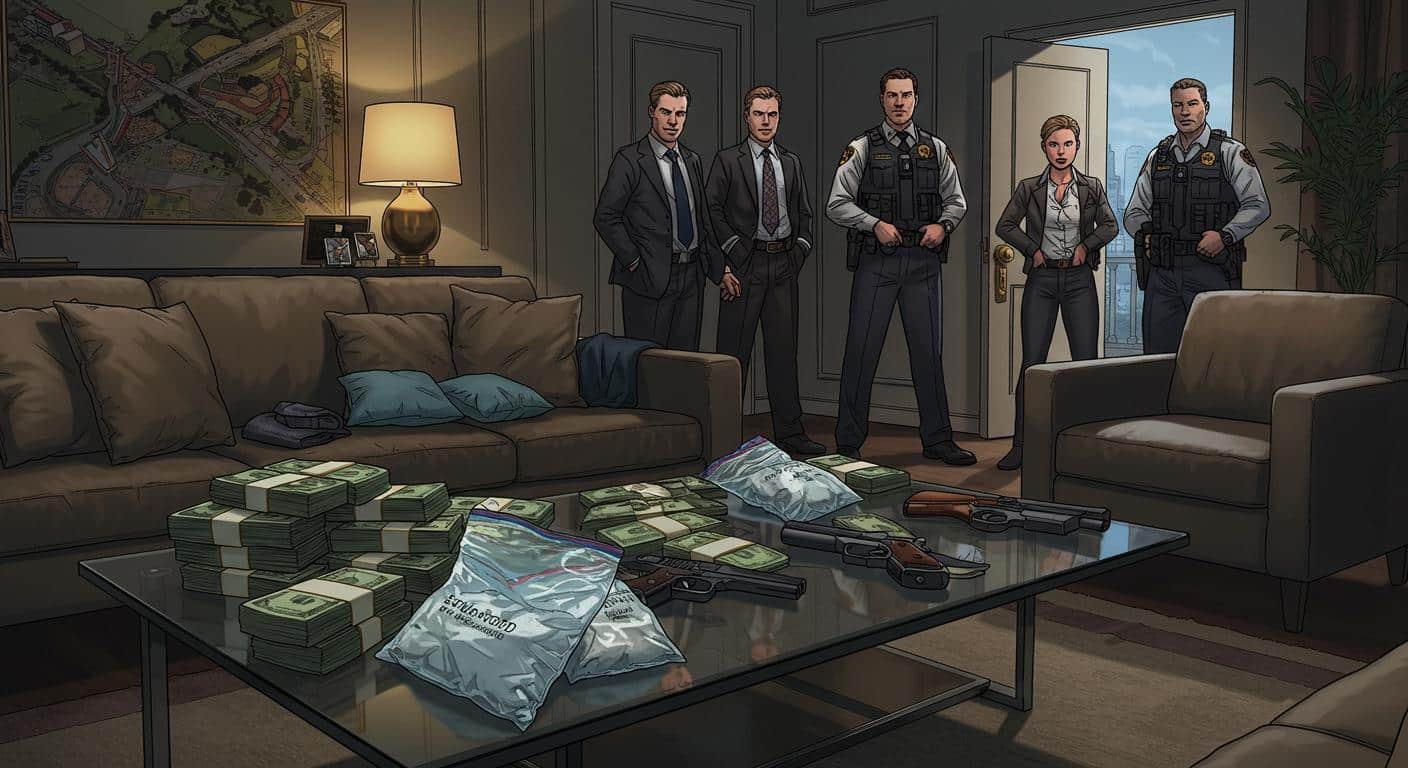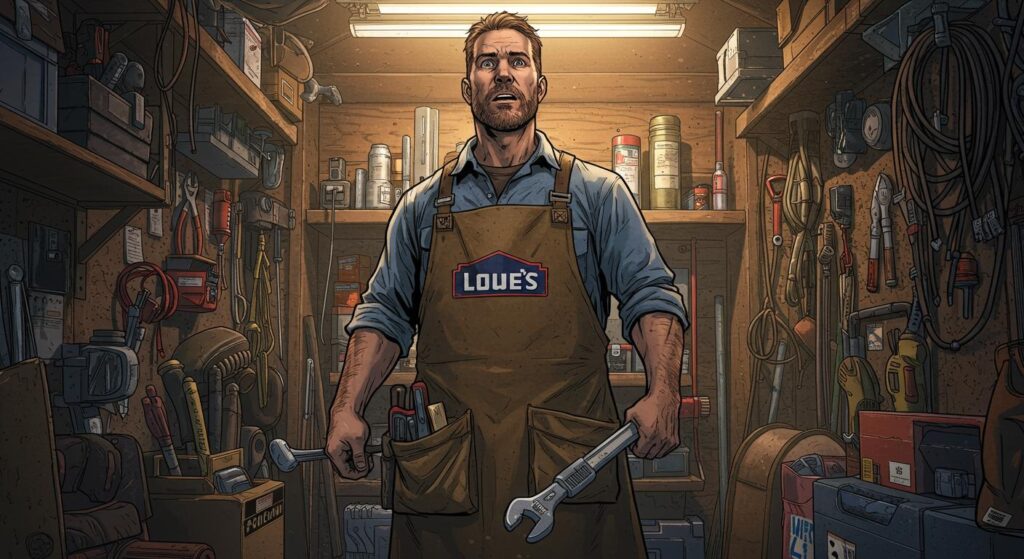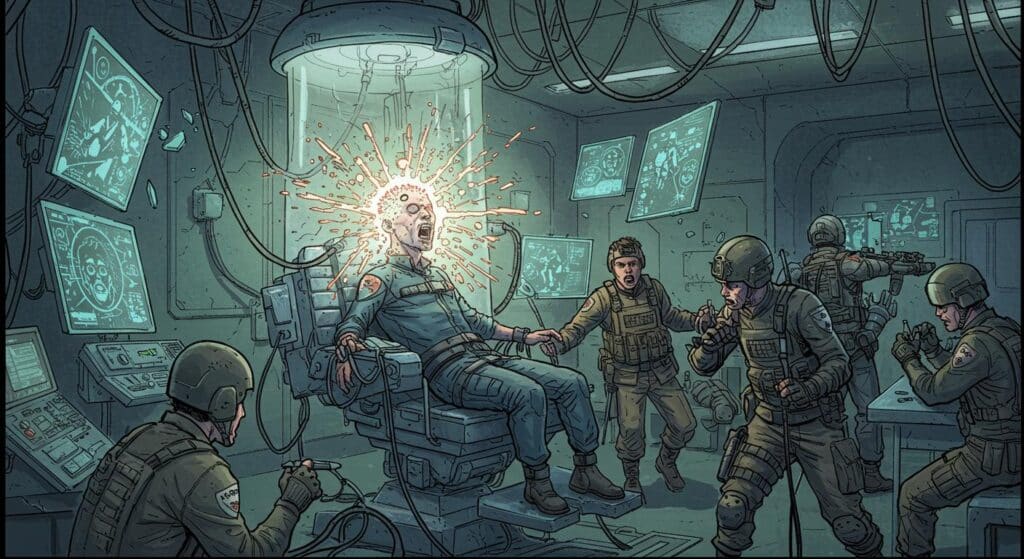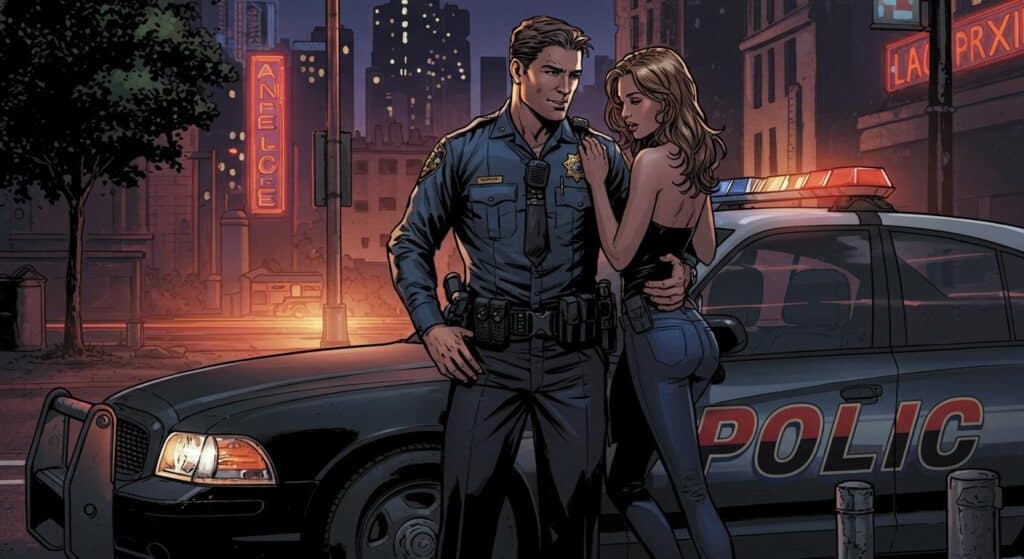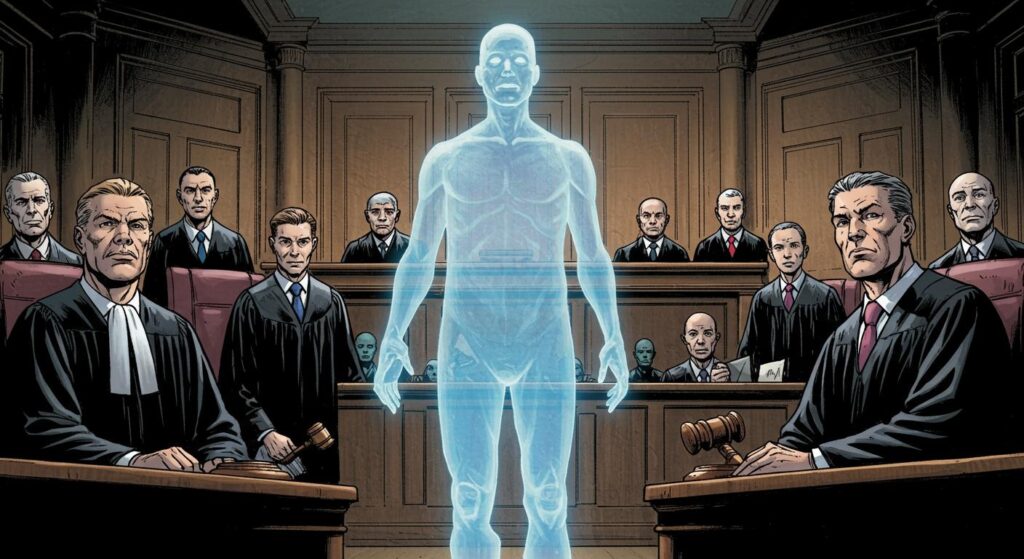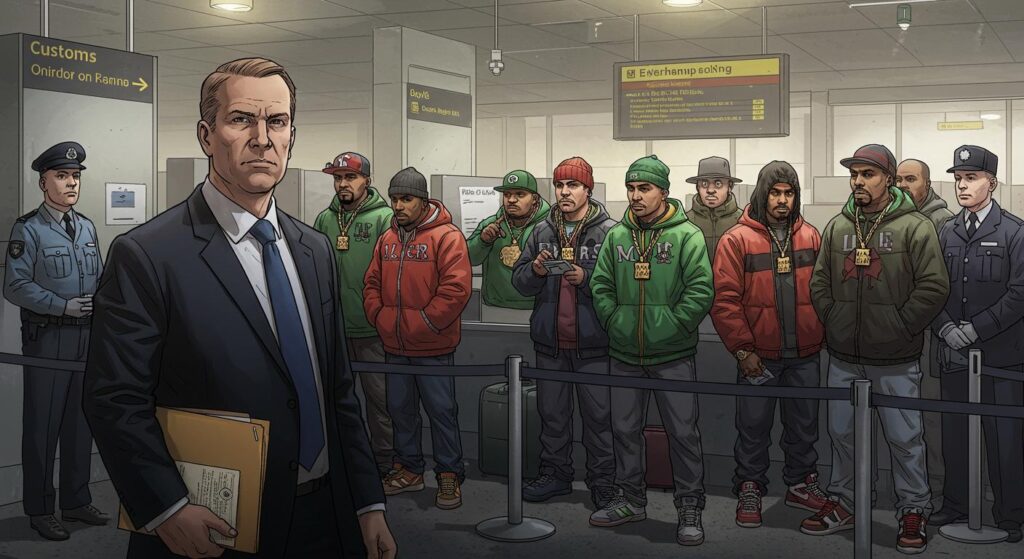Every so often, something turns up in the court files that toes the border between the criminal and the absurd. The recent tale out of Thunder Bay, Ontario, is one such story—almost demanding a raised eyebrow in response. As CTV News reports, Adrian Myles Puentes-Reed and Khalid Yousuf were arrested after being discovered asleep in a house that, according to the Ontario Court of Appeal as cited by the outlet, was “bursting at the seams with contraband.” The men’s subsequent claim that the trove of drugs, firearms, and about $750,000 in cash wasn’t theirs adds a surreal layer to what might otherwise be an ordinary bust.
It’s the kind of defense you almost expect from a sitcom rather than a court transcript, but sometimes, reality tilts toward farce.
The Case of the Mysteriously Stocked House
The situation, as laid out in CTV News’ summary of court records, reads like a checklist for would-be movie villains. The police found the “safe house” after a landlord entered for a repair, only to spot handguns lying in open view. Officers who arrived discovered what can only be described as an illicit inventory: crack and cannabis out on the kitchen counter, a Glock firearm nearby, $90,000 and an extra $27,000 in bags within arm’s reach, plus another round of handguns (including a Brevete and a .380 calibre Browning) on the living room table. As CTV News detailed, there was also a duffle bag holding $400,000 in a closet, over 800 grams of cocaine casually discarded on a couch, and enough cash packed in shoeboxes to require a money counter.
The two defendants were located on the third floor, reportedly sleeping “in a drug-induced state,” according to descriptions included by the outlet. One might almost sympathize with their confusion about whose possessions surrounded them—except that the list, by the end, included scales, hydromorphone pills, more than 800 oxycodone tablets, envelopes of additional cash, and all the accoutrements of a thriving drug operation.
According to CTV News’ review of the court’s findings, the trial focused squarely on whether the two men were in possession of all this contraband. Puentes-Reed contended he was simply in Thunder Bay to build a hip-hop studio, and tried to distance himself from the house, reportedly claiming—via testimony recounted by CTV News—that he “was not even staying in the home on this visit.” When pressed further, he stated a third person had brought both him and Yousuf to the house while they were “in a drug-induced state” and that his presence, even in a bedroom containing a closet with $450,000, was a matter of pure coincidence.
Court records cited by CTV News highlight that the trial judge was not persuaded, labeling Puentes-Reed’s testimony as “entirely incapable of belief.” In a detail highlighted by the outlet, the judge pointed out his passport, Canada Revenue Agency letters, and a jacket containing his credit card were all found in the house—hardly the sort of evidence that supports a story of accidental occupation.
Logic and the Limits of Denial
The creativity required to maintain ignorance of a house filled with drugs and cash shouldn’t be underestimated, but as CTV News further notes, both men were the only people present when police entered—hardly the cast of characters one would expect if this were a random gathering. In Yousuf’s appeal, he argued the evidence only showed he was “found in a residence containing a significant amount of contraband,” with nothing more tying him to an active role.
Yet, as cited by CTV News from the court decision, the trial judge reasoned that “only individuals involved in the drug operation would be left unsupervised in the safe house.” And considering Yousuf had to walk past visible stashes of drugs, weapons, and mountains of cash to reach his nap spot, the judge found it hard to imagine he was clueless about the building’s true purpose. In summary, the judge described the evidence as leading “to the only logical conclusion he was in occupation of the residence for the use or benefit of himself and of Mr. Puentes-Reed.”
A Systematic Pattern or a Comedy of Errors?
Perhaps most revealing, CTV News documents that expert testimony presented in court explained how dealers use a methodical setup—deploying “trap houses” to sell drugs while reserving carefully guarded “safe houses” for storage. Only mid-level and higher-level participants generally get access to these safe houses, where the primary inventory and significant sums are kept safe from theft or police raids.
The appeals court, according to the CTV News summary, agreed the pattern was clear: finding these two alone in the safe house, surrounded by cash and contraband, was strong evidence of their involvement. The odds of two uninvolved strangers drifting—mid-bender—into such an environment, accompanied by their own ID and personal effects, strain credulity even by generous standards.
Final Thoughts
Per CTV News’ reporting, the appeals court concluded that the trial judge had “ample evidence” to uphold the convictions. Sometimes, denial is just a polite way of telling a taller tale—though in this case, the details feel less like tightly penned drama and more akin to a farce about very unlucky roommates.
It can leave one to wonder: at what point does a bedfellow with a Glock under the pillow and $90,000 in the bedside table count as circumstantial evidence? And if this is “coincidence,” what would actual involvement even look like? In Thunder Bay, at least, the legal boundary between the plausible and the preposterous has been firmly re-established by the courts.

